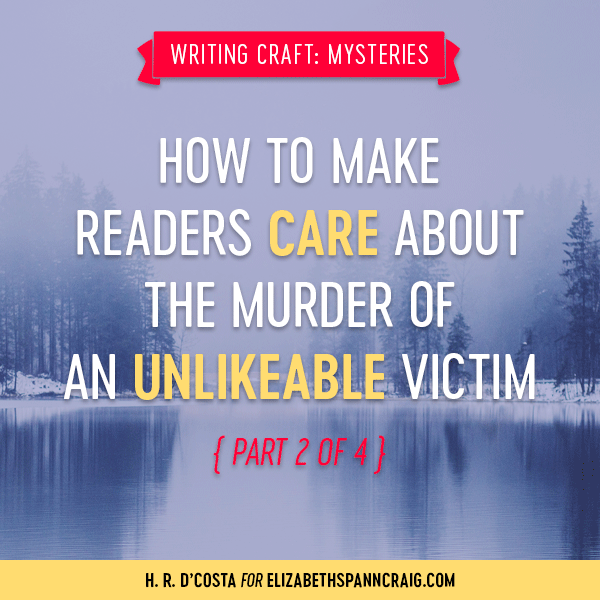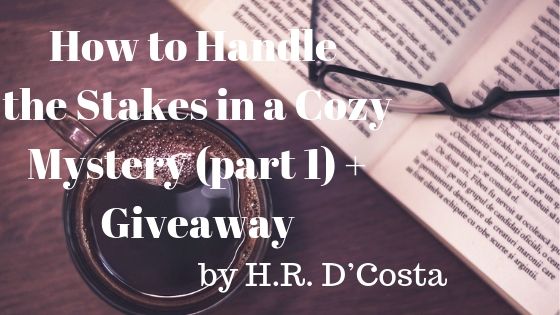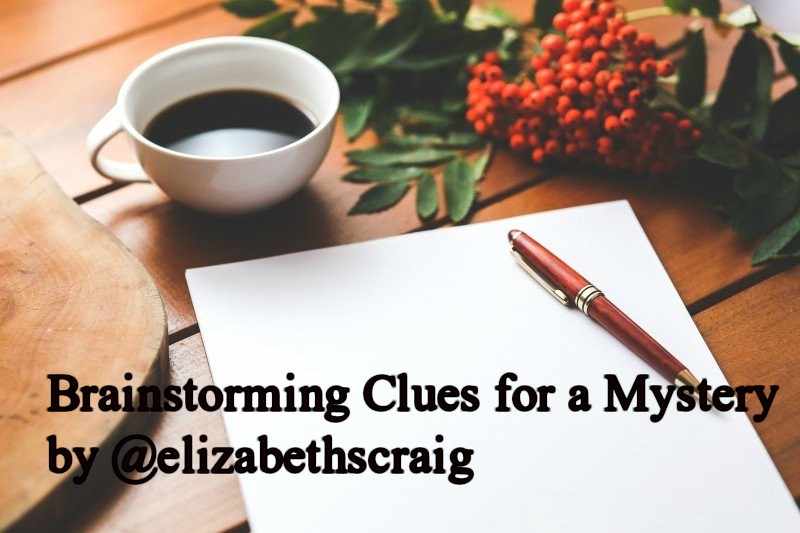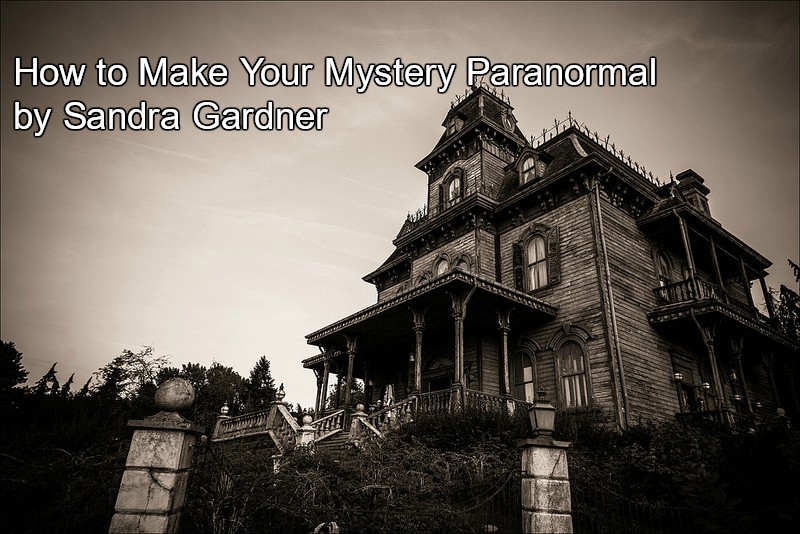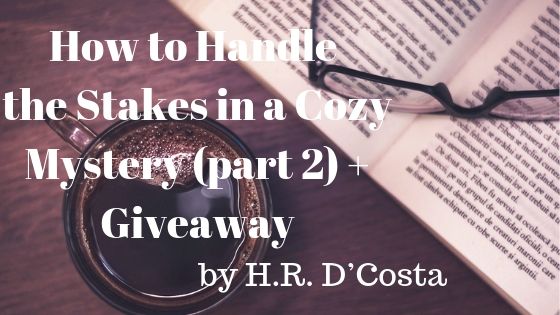
by H.R. D’Costa, @scribesworld
Handling the stakes in a mystery with an unlikeable victim isn’t entirely a straightforward affair.
On one hand, when the victim is unlikeable, you’ll have puh-lenty of suspects, which should make your plot more engrossing.
On the other hand, because readers don’t care much for the victim, they might not care whether the sleuth achieves justice on the victim’s behalf.
But if you can’t fuel your mystery with stakes of justice…what can you do?
That’s the question we’re exploring in this four-part blog series on handling the stakes in a cozy mystery. (By the way, although the illustrative examples are cozy-centric, many of the tips in this series can be applied to mysteries with a harder edge.)
To give you an overview:
- In Part 1, we covered methods to bolster the stakes that emphasize the sleuth.
- In Part 2 , we’ll cover methods to bolster the stakes that emphasize other storytelling elements that readers care about. (You’re reading Part 2 right now.)
- In Part 3 (forthcoming), we’ll discuss considerations to take into account when applying these story stake tips to cozy mysteries in a series.
- In Part 4 (forthcoming), you’ll see these considerations in action when I share a sample lineup of stakes for a hypothetical cozy-mystery series.
So. It’s agreed. Your readers don’t care much for your unlikeable victim. Even so, there are lots of other story elements that can entangle their emotions.
If you emphasize these elements in your cozy mystery (perhaps saving them for this very book in your series, when you know the plot is going to involve an unlikeable victim), then this emotion may be enough to carry readers forward.
In other words, when readers start to ask themselves—Why should I care about finding out who killed this guy when he’s such a jerk?!—you will have provided them with a satisfactory answer.
Below are three suggestions to get you started:Continue reading

